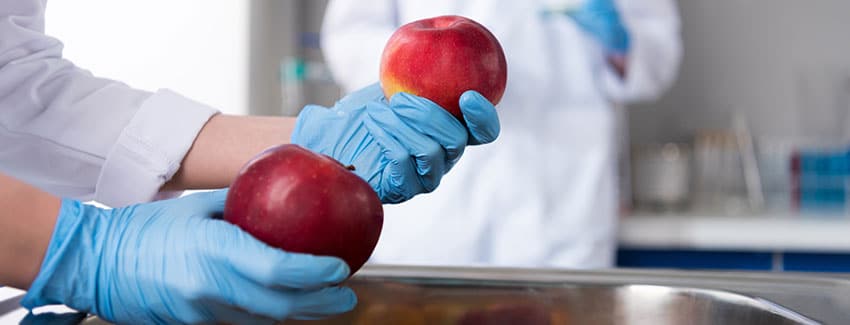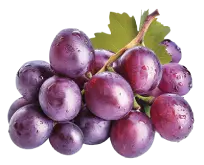
Creating stabilized fruit preps for our customers is a bit like solving a puzzle. Understanding how fruit interacts with other ingredients to create a unique final product is a skill tree Top excels at. There are several factors that influence getting a stabilized fruit mix to hold up under commercial conditions:
Viscosity – for processing, storage and finished product outcome
Moisture management – syneresis prevention
Freezing effects – freeze thaw stability
Acidity – flavor, effect on ingredients
Label requirements – “kitchen friendly” or “all natural” claims
Usually formulated fruit preps for the dairy industry contain similar ingredients: fruit, sweeteners, stabilizers, colors, flavors and small amounts of other ingredients. Most of these products have a pH below 4 for color, flavor and processing reasons. Choosing the right stabilizer is the most important and complex formulation issue. A wide range of stabilizers are available to provide the necessary texture, viscosity and functionality to fit an application. Just a few choices to choose from include food starch (both native and modified). Pectin (conventional and amidated), gums (guar, locust bean, carrageenan, tara, xanthan, etc) and many other options.
Starch can provide high viscosity options for a formulation but can be a challenge for processing and storage. Starches, both native and modified, can come from a variety of food sources (rice, corn, tapioca, potato, etc.). The source and degree of modification provides the look and functionality of the starches properties. Native starches provide a clean label but provide limited processing options and stability. Modified starches provide multiple options for controlling moisture, mouth-feel appearance and functionality.
Pectin has a clean mouth-feel and flavor but can be sensitive to changing conditions. Choosing a pectin will depend on the acid level, calcium level and brix of the formulation. Conventional pectin can provide thick flow-able viscosities and amidated pectin can provide a more gel-like consistency. Choosing the correct pectin for the environment often leads to a combination of both conventional and amidated pectin. Pectin can be a challenge for processing since most pectin require hot water and high shear to fully hydrate. Some cold water swelling pectin are available with limited range of functionality.
Gums can provide many options for textures in a final formulation but can be a challenge to incorporate into a formulation. Many combinations can be used in formulations for a myriad of options. Most gums require dry blending to incorporate into a product. Guar gum and locust bean gum are often used together as they provide a synergistic effect. Xanthan gum and carrageenan provide unique properties for moisture retention and viscosity. Gums have a strong effect on flavor so minimizing the amount of gums to get the best flavor profile is important. It is important to understand the final usage of a formulation and the processing capabilities so the appropriate gums can be chosen.
Asking the right questions can provide the best outcome for a final formulation for both the customer and the processor. When the correct stabilizer formula is achieved the final product has a perfect balance of flavor, texture and functional stabilization.




